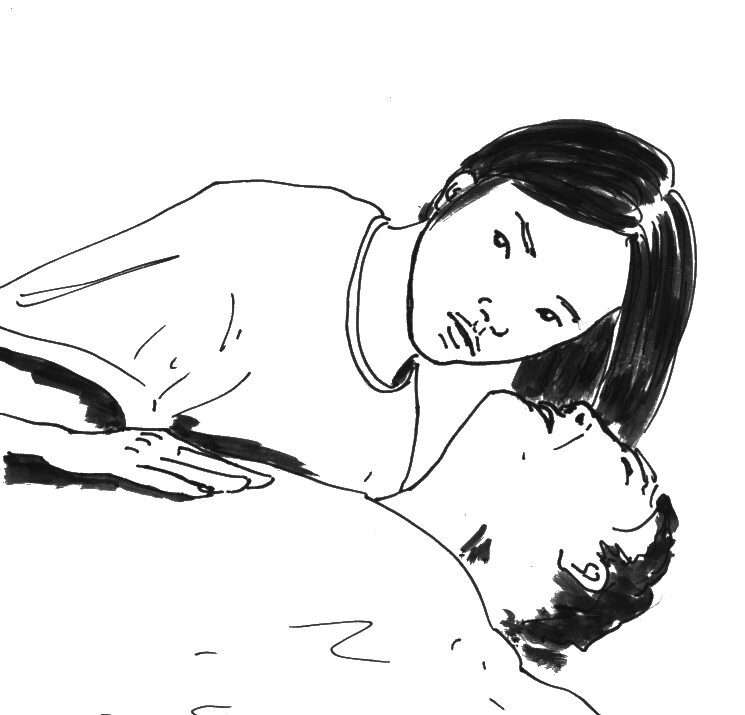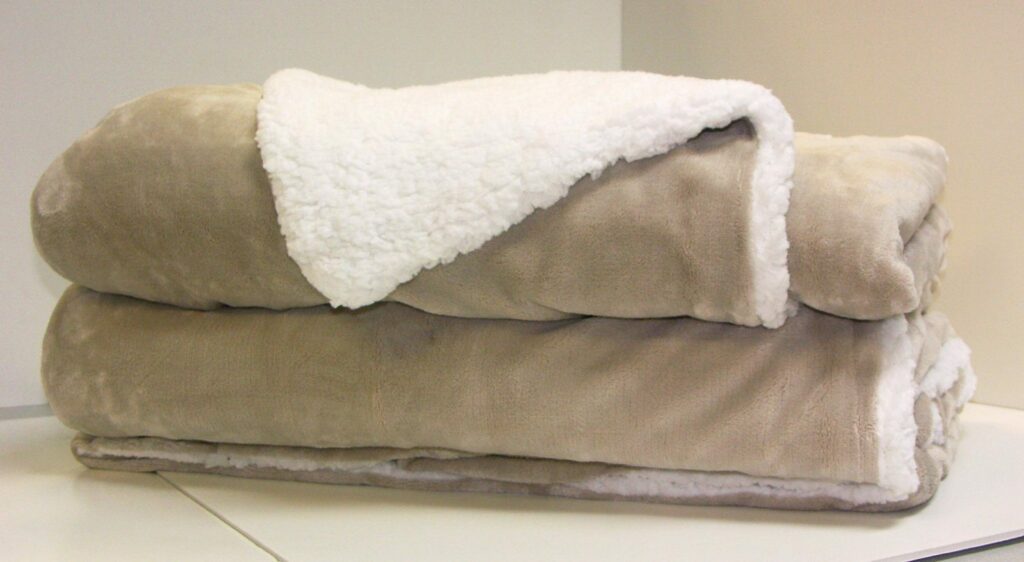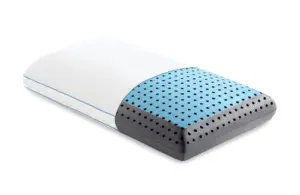The 4-7-8 Breathing Trick: A Simple Path to Relaxation
In today’s fast-paced world, finding effective ways to manage stress and anxiety is crucial. One of the simplest yet profoundly effective techniques you can incorporate into your daily routine is the 4-7-8 breathing trick. This relaxation exercise not only calms the mind but also promotes overall mental well-being by regulating your body’s stress response.
What is the 4-7-8 Breathing Trick?
The 4-7-8 breathing technique is a structured breathing exercise that involves inhaling deeply for 4 seconds, holding that breath for 7 seconds, and then exhaling slowly for a full 8 seconds. This method is designed to bring relaxation, reduce anxiety, and foster a sense of tranquility.
Here’s how to perform the 4-7-8 breathing trick effectively:
1. Find a Comfortable Position: Sit or lie down in a place where you feel at ease.
2. Position Your Tongue: Place the tip of your tongue against the ridge behind your upper front teeth.
3. Inhale: Take a deep breath in through your nose for a count of 4.
4. Hold: Retain your breath for 7 seconds.
5. Exhale: Slowly breathe out through your mouth for a count of 8, making a soft whooshing sound.
6. Repeat: Continue this cycle for 3 to 4 times or until you achieve a sense of relaxation.
Regular practice of the 4-7-8 breathing trick, particularly during times of stress or before bedtime, can enhance your ability to respond to everyday challenges more calmly.
Why Does the 4-7-8 Breathing Trick Work?
The efficacy of the 4-7-8 breathing technique lies in its ability to activate the parasympathetic nervous system, promoting the body’s “rest and digest” response. When faced with stress or anxiety, our sympathetic nervous system kicks into gear, releasing stress hormones such as cortisol and adrenaline. This activation leads to various physical symptoms, including increased heart rate and shallow breathing.
By engaging in the 4-7-8 breathing trick, you not only increase your oxygen intake but also slow down your heart rate, counteracting the physiological effects of stress. The proactive effort of exhaling slowly serves to release muscular tension and promote relaxation, while concentrating on your breath enhances mindfulness and present-moment awareness. With continued practice, this technique trains both your body and mind to respond to stressors with more ease and efficiency.
How Many Times a Day Can You Practice It?
One of the excellent features of the 4-7-8 breathing trick is its versatility. It can be performed multiple times throughout the day as needed. While starting with two sessions of just a couple of minutes each is advisable, you can gradually increase both duration and frequency to suit your personal needs. It’s an accessible technique that can be practiced anywhere, anytime—from your office desk to the comfort of your home.
Do keep in mind, however, that if you experience any discomfort or dizziness during your practice, it’s essential to stop and return to a regular breathing pattern. Additionally, individuals with specific medical conditions, like asthma, should consult a healthcare professional before integrating this or any new relaxation technique into their routine.
How Did It Become Popular?
The popularity of the 4-7-8 breathing trick can be largely attributed to Dr. Andrew Weil, who has long advocated its use as a method for relaxation. Although there is no direct evidence to suggest that Navy SEALs specifically employ this technique, they often utilize variations of controlled breathing exercises to enhance focus, alleviate stress, and maintain calm during high-pressure situations.
Breathing exercises, such as those encompassed in the 4-7-8 technique, play a significant role in military and law enforcement training, helping individuals hone their mental fortitude under intense pressure.
Broader Applications of the 4-7-8 Breathing Trick
The 4-7-8 technique has found its place not only in individual practices but also within wellness programs across various settings, including schools, workplaces, and healthcare facilities. Its simplicity and effectiveness have garnered endorsements from yoga instructors, therapists, and well-being experts as a powerful tool for managing stress and anxiety.
Furthermore, many other breathing techniques complement the 4-7-8 method, providing alternatives suitable for different preferences and situations. Some popular techniques include:
– Diaphragmatic Breathing: Focuses on deep breaths to engage the diaphragm for enhanced relaxation.
– Alternate Nostril Breathing: Help balance energy and promote calmness by exchanging nasal breathing through each nostril.
– Box Breathing: Involves equal counts for inhalation, exhalation, and holding the breath, fostering a steady rhythm.
– Kapalabhati Breathing: A vigorous technique with powerful exhalations that energizes and detoxifies.
– Breath Counting: Offers a simple way to focus by counting breaths, enhancing mindfulness.
Conclusion
In summary, the 4-7-8 breathing trick stands as a powerful, straightforward method to cultivate relaxation and improve your overall well-being. By seamlessly integrating this technique into your daily routine, you can harness its benefits to navigate life’s challenges with more tranquility and ease. Whether you turn to it in moments of stress, to assist with sleep, or to embrace mindfulness, the 4-7-8 breathing trick is a valuable tool in your wellness arsenal. Start practicing today, and experience the calming effects for yourself.


















